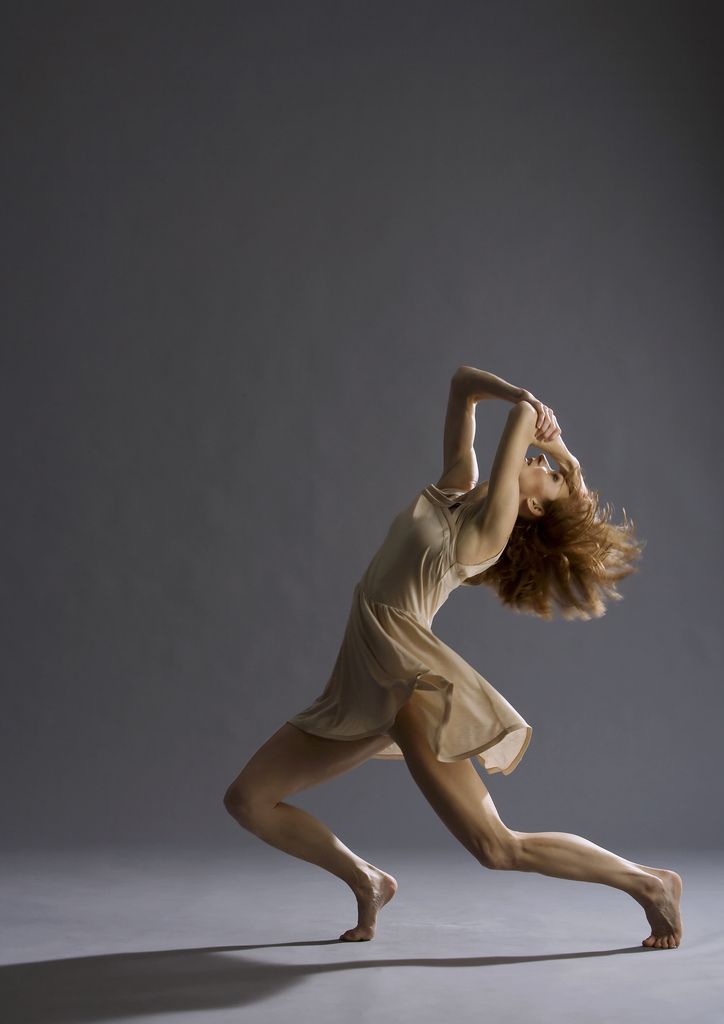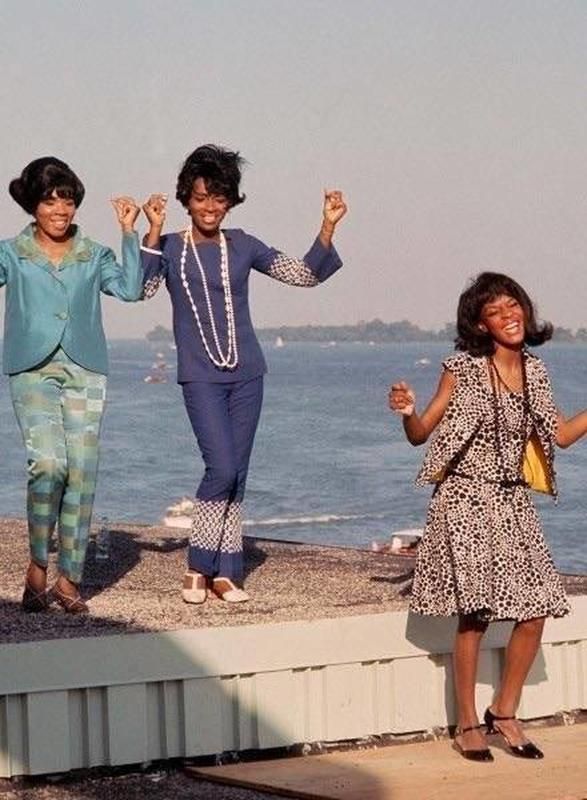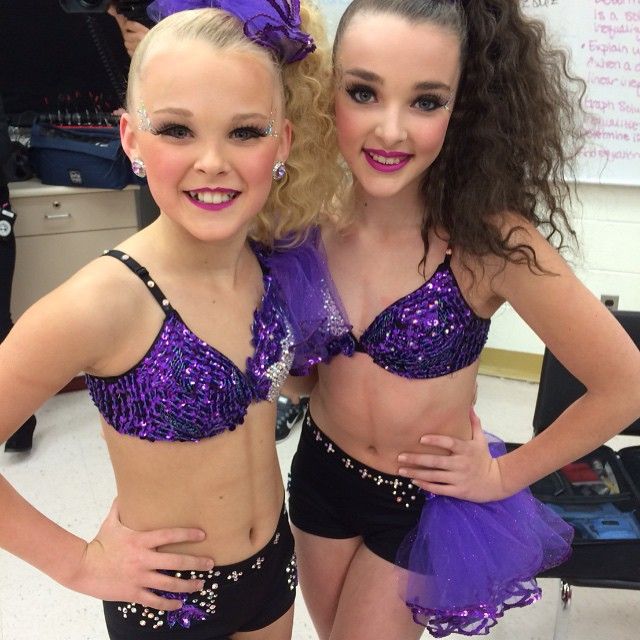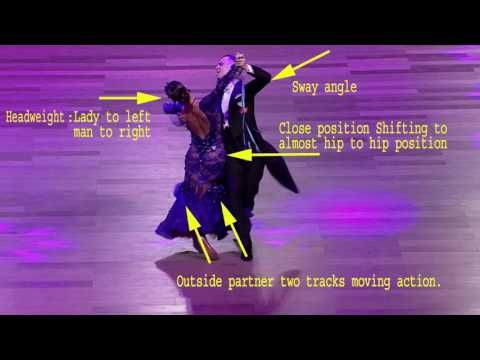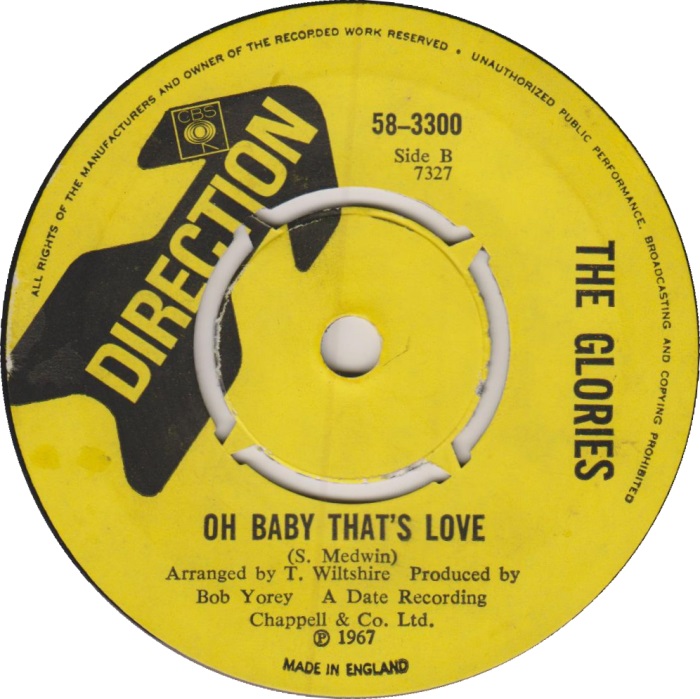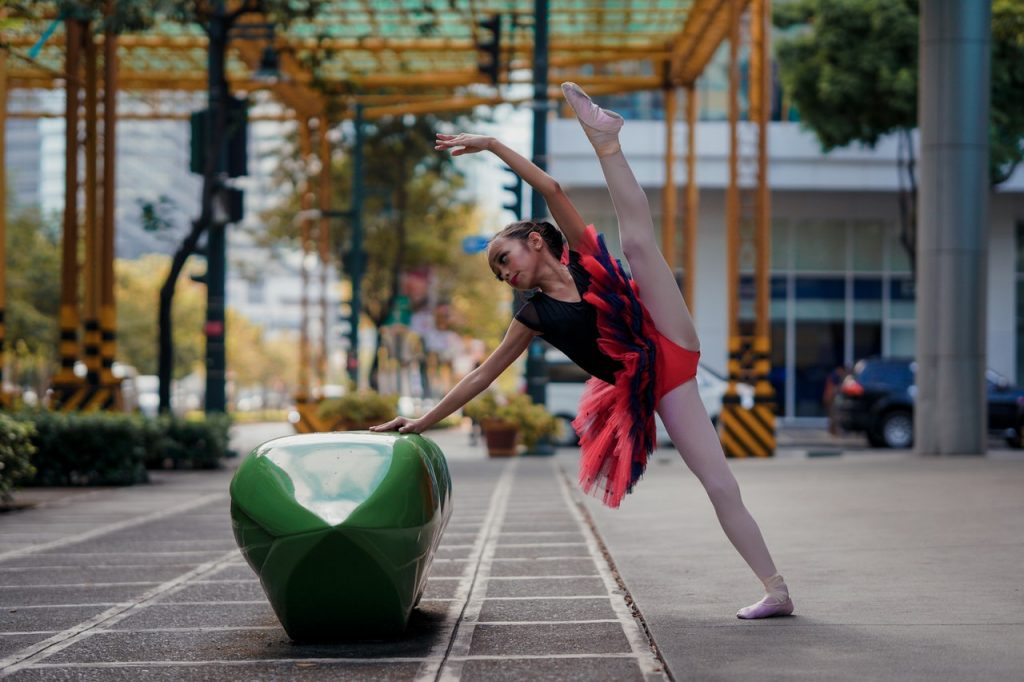How did contemporary dance start
DK Arts & Entertainment: Dance
- / DK Arts & Entertainment: Dance
Cite
- WHY DO PEOPLE DANCE?
- WHAT IS CLASSICAL DANCE?
- DANCE SHOES
- IMPROVISATION
- CHOREOGRAPHY
- FIND OUT MORE
When people move in time to music, they are dancing. As they dance, they organize their body movements into rhythmic and visual patterns. These dance patterns may be formal, with structured steps and movements, or informal, a natural style of dance known as IMPROVISATION.
WHY DO PEOPLE DANCE?
People have a natural urge to move in time to music. They dance to celebrate an event, or for entertainment and relaxation. Dance is an important part of many religions. Around the world, many folk dances (popular local dances) mark the stages of life, such as birth and death.
WHAT IS CLASSICAL DANCE?
Classical dance is historic and takes many years to learn. Western classical dance is called ballet and combines dance with mime (silent acting). It began in Europe in the 15th century. Countries such as India and Thailand also have great classical dance traditions. CHOREOGRAPHY is used to create classical dance.
Bharat natyam is a classical dance from south India. Most Indian dances act out stories from Indian mythology. The movements are often slow, graceful, and controlled.
DANCE SHOES
BALLET SHOES
Pointe shoes are made stiff with paper and burlap to allow ballerinas to dance on tiptoe.
FLAMENCO SHOES
Flamenco dancers wear shoes with hard soles and metal on the heels to stamp out the rhythms noisily.
IMPROVISATION
Unlike classical dance, improvised dance has no formal steps, although it can be choreographed. Improvisation is the basis of contemporary, or modern, dance. In it, dancers express their feelings in their movements to create a highly personal, natural performance.
WHEN DID CONTEMPORARY DANCE START?
Contemporary dance began at the start of the 20th century when US dancer Isadora Duncan (1878–1927) broke away from ballet and developed her own, more natural style.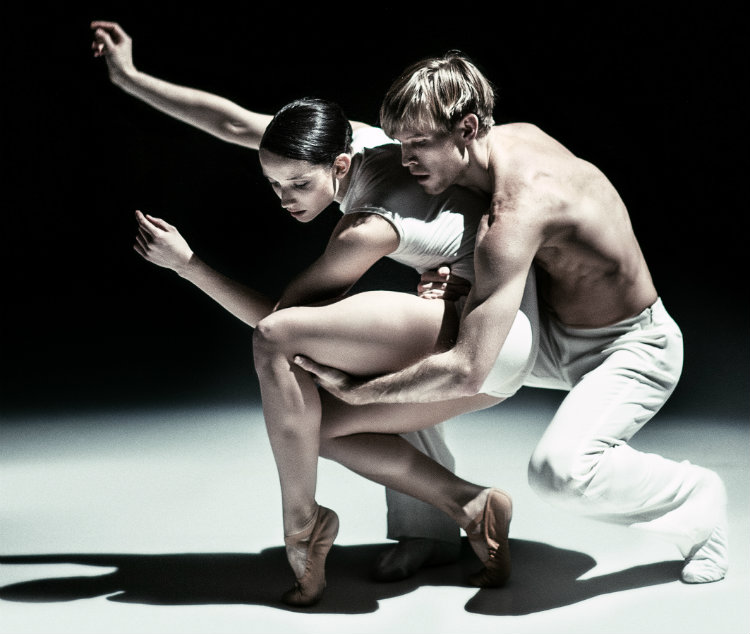 Contemporary dance has many different styles, some of them closely linked to music, such as jazz, rock and roll, and hip-hop.
Contemporary dance has many different styles, some of them closely linked to music, such as jazz, rock and roll, and hip-hop.
CAN ANYBODY DANCE?
Anybody can dance, no matter how young or old they are, or how physically fit. People in wheelchairs can move and spin in time to the music, while those who are immobile can move their hands or heads. Deaf people can feel the vibrations of music and respond.
CHOREOGRAPHY
Choreography is the arrangement of dance steps and movements into an organized sequence (order). This means that every dancer knows exactly what steps to perform throughout the performance. Dance is usually choreographed to music.
ARE FOLK DANCES CHOREOGRAPHED?
Folk dances, such as Scottish reels and Spanish flamenco, are not choreographed. However, they do have traditional steps that have developed over centuries and have been passed down through the generations to the present day. Each dancer learns the dance by heart and knows which move to make in time to the music.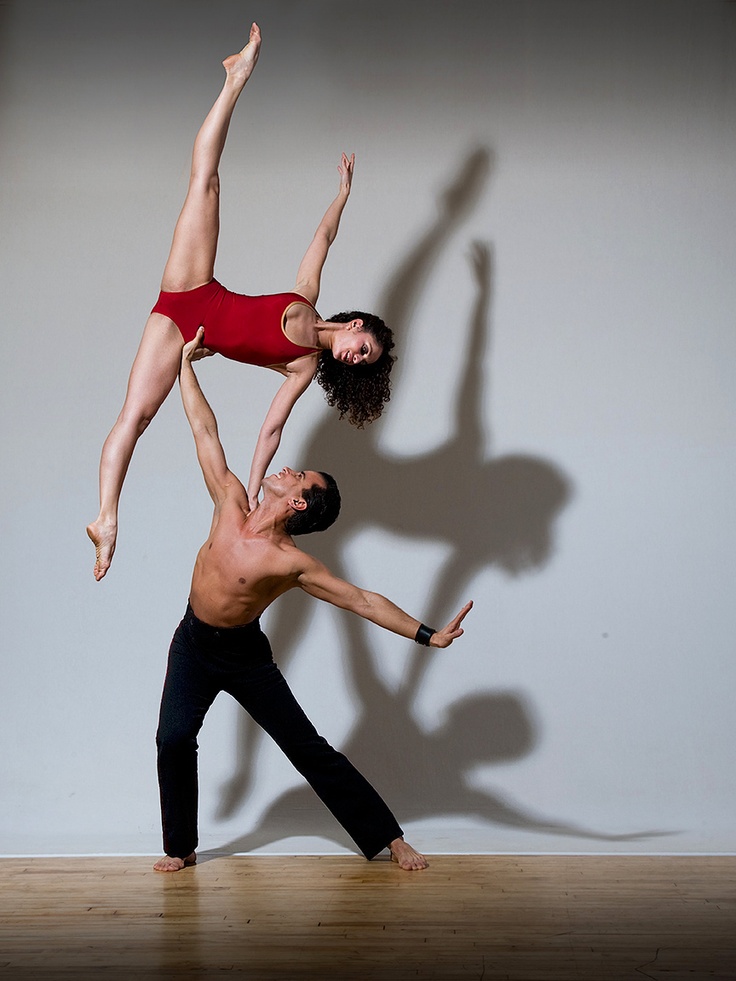
HOW ARE DANCE STEPS RECORDED?
Choreographed dance steps must be written down so that they can be remembered over time. The most common recording system, called Benesh Movement Notation, was developed in the 1940s by Rudolf and Joan Benesh. Each movement is recorded with symbols on a five-line diagram. The diagram is combined with the musical notation so that both can be read together.
HOW DOES A CHOREOGRAPHER WORK?
A choreographer works closely with a dance group to create a new dance, designing steps that show off the skills and strengths of the individual dancers. Steps are memorized by counting them out into sequences. Choreographers have usually been dancers themselves.
SWAN LAKE
Swan Lake (1895) is a famous ballet and was created by the French choreographer Marius Petipa, the Russian choreographer Lev Ivanov, and the music composer Pyotr Tchaikovsky. Based on a German fairy tale, it tells the story of Princess Odette, who is turned into a swan by an evil magician.
FIND OUT MORE
| Composition |
| Music |
| Musicals |
Copyright © 2007 Dorling Kindersley
DK Arts & Entertainment: Musicals
DK Arts & Entertainment: Orchestra
DK Encyclopedia: Arts & Entertainment
The History of Contemporary Dance in America
With all the wonderful dance styles out there — from hip hop and jazz to tap and ballet — your kids might have a hard time deciding which direction to go when it comes to picking one to pursue.
Especially if you both only have a vague idea of what each genre entails, and how much they might enjoy it.
When it comes to dancing, passion is important. So be sure you and your child have some context of what they’ll be doing in different classes. If dance is something they think they want to pursue outside the classroom, it’s great to dive into a specific genre.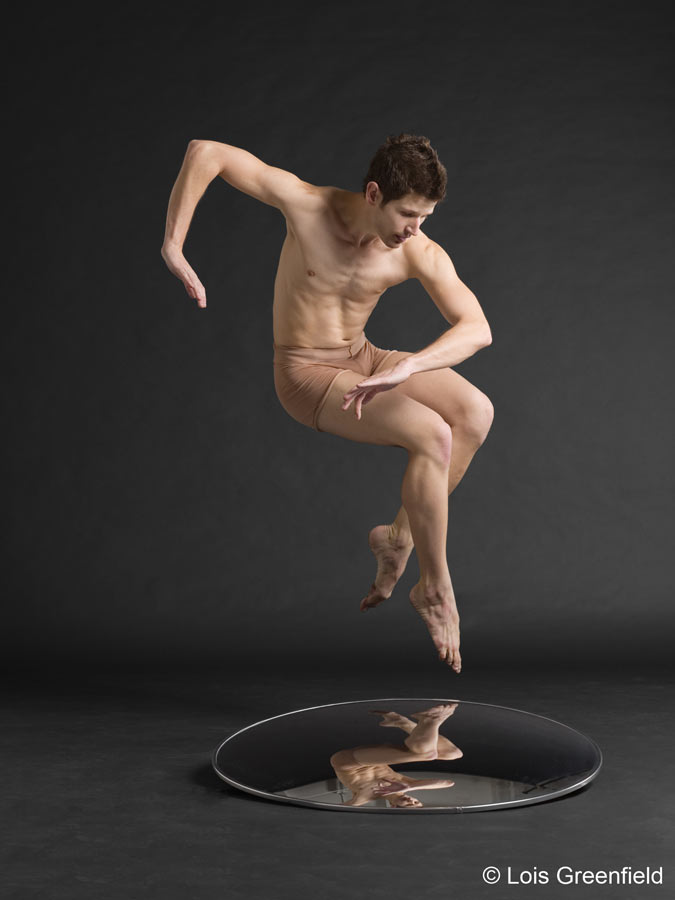
Showing interest in dance is a great learning opportunity for both you and your child!
One style of dance that seems to be difficult for non-dancers to define is contemporary dance. A big part of that confusion is that contemporary dance is much more than a modernized style of movement.
In fact, it started years ago and has had a great influence on the arts ever since.
Chances are you’ve seen contemporary dance more than you think, even in popular videos you see today!
We think everyone should know the wonders of contemporary dance, which is why we’ve put together a comprehensive history of this mysterious dance genre.
Let’s learn more about contemporary dance, its fascinating founders, and why you might want to enroll your child in contemporary dance classes.
What is Contemporary Dance?We’ll begin by addressing the elephant in the room: what even is contemporary dance?
Part of the reason the name might confuse you is that contemporary dance has evolved in many ways over time.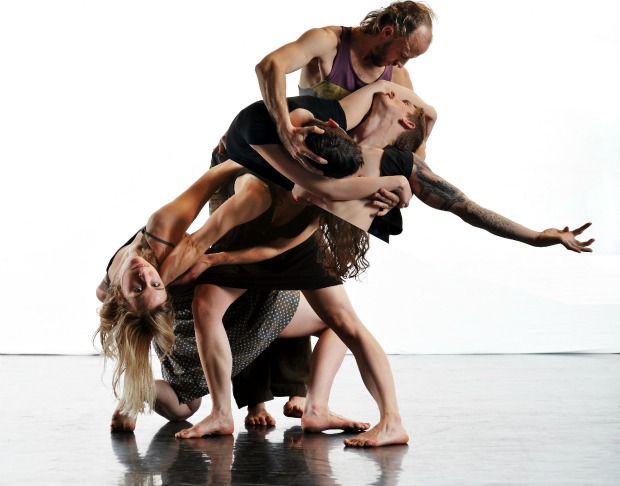
It incorporates many elements of dance like neo-classical and ballet to create a graceful and elegant style of movement.
It’s still interpretive, meaning it focuses on creative storytelling with emotion and physical expression.
Creative freedom allows for this dance style to be choreographed and performed in new, free-flowing ways. It can be performed in ballet slippers or barefoot, with or without music, structured or improvised — the options are endless!
The freedom in contemporary dance is popular with both new dancers and those with extensive experience because it can go at the dancer’s own pace. While it can be as challenging as any other form of dance, it pushes the dancer’s creative muscles as much as the movement itself.
The Origin of Contemporary DanceContemporary dance gained popularity in the US around the 1950s, although the practices that have inspired it started long before then.
While the origin of contemporary dance is still debated, there are a few different theories based on the variety of dance styles it includes.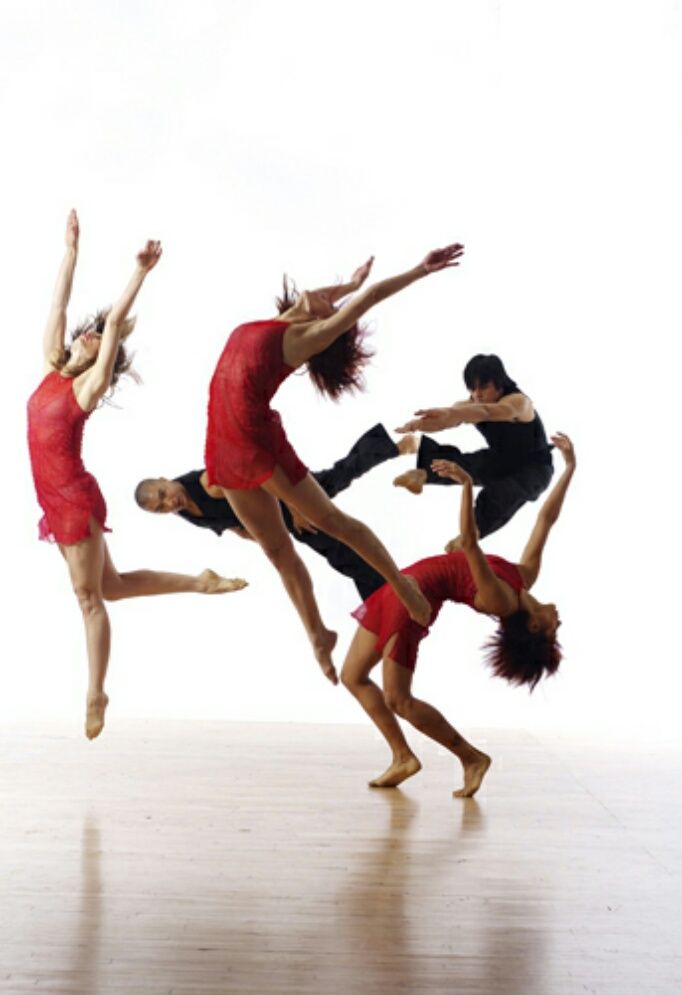
Contemporary dance incorporates a special type of breathwork that’s similar to Yogic breathing, as well as weight-balancing techniques that are reminiscent of certain styles of breathing in martial arts. Because of this, many believe it was born as a hybrid of Eastern traditional dance.
Some historians refute this theory, saying it originated in either Central America or Europe — specifically as a less-restricted alternative to ballet.
With varying origins — all with the purpose of creative expression — contemporary dance is a wonderful way for kids to authentically express themselves.
The Mothers of Contemporary DanceIsadora Duncan
One of the earliest known contemporary dancers, suitably nicknamed the “Mother of Contemporary Dance,” was a woman named Isadora Duncan.
Isadora was born in San Francisco in 1877. Her father left soon afterward, and her mother Mary was left to fend for herself and her four children.
Mary was an art enthusiast, to say the least.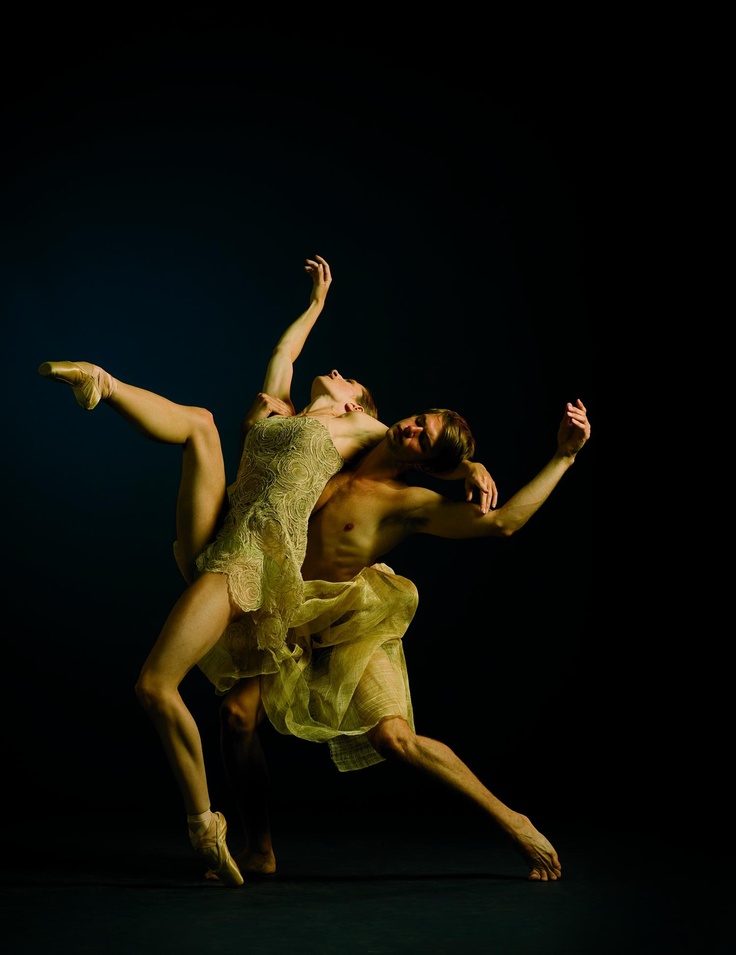 She was even quoted as saying: “You can do without bread, but you can’t do without art.”
She was even quoted as saying: “You can do without bread, but you can’t do without art.”
It goes without saying that despite Isadora growing up in the throes of poverty, her mother made an effort to ensure she was supported in her artistic endeavors.
Isadora chose dance as her medium at just 2 years old. By 6, she started her own dance school for other kids in the neighborhood. Now that’s passion!
She taught the children moves she designed herself, no doubt inspired by a variety of dances her mom had exposed her to. By age 13, she moved away and dedicated her life fully to dance and the arts.
At 18, Isadora’s unique style was spotted in an audition by a playwright who employed her as a professional dancer. She was enrolled in some of the best ballet classes in the city and began to incorporate professional ballet into her dance style.
The rigidity of American ballet frustrated the free-spirited Isadora, so a couple of years later she moved to Europe.
It was the right choice, as she was soon featured in a dance film called “La Danseuse,” the first-ever dance movie to feature what we now know as contemporary dance.
Afterward, Isadora went on tour through Europe, teaching and performing contemporary dance.
While Isadora is known as the mother of contemporary dance, the origin of the genre is still debated. That’s because all over the world, others who would influence the genre were getting their start as well.
Mary WigmanMary Wigman was born only 11 years after Isadora Duncan in Hanover, Germany.
Unlike Isadora, Mary first found her passion through music and didn’t take interest in dance until the age of 24 when she saw a performance by the composer Émile Jaques-Dalcroze.
Émile was the founder of what came to be known as Dalcroze eurhythmics, or “good flow.” Eurhythmics is the action of moving to movement solely based on instinct — a tap of the foot, a wave of the arms, or a large leap across the room.
Mary joined his classes and soon became a dance enthusiast, choreographing contemporary free-flow dances. In 1920 she began a dance school of her own.
She performed over 70 times in Europe and toured the U.S 3 times, spreading the joy of modern dance to others.
Katherine DunhamKatherine Dunham is also credited for the spread of contemporary dance. Once again, she was a woman from an entirely different part of the world than Isadora or Mary, and with her own cultural influences.
Katherine’s passions were rooted in humanities, culture, and social equity.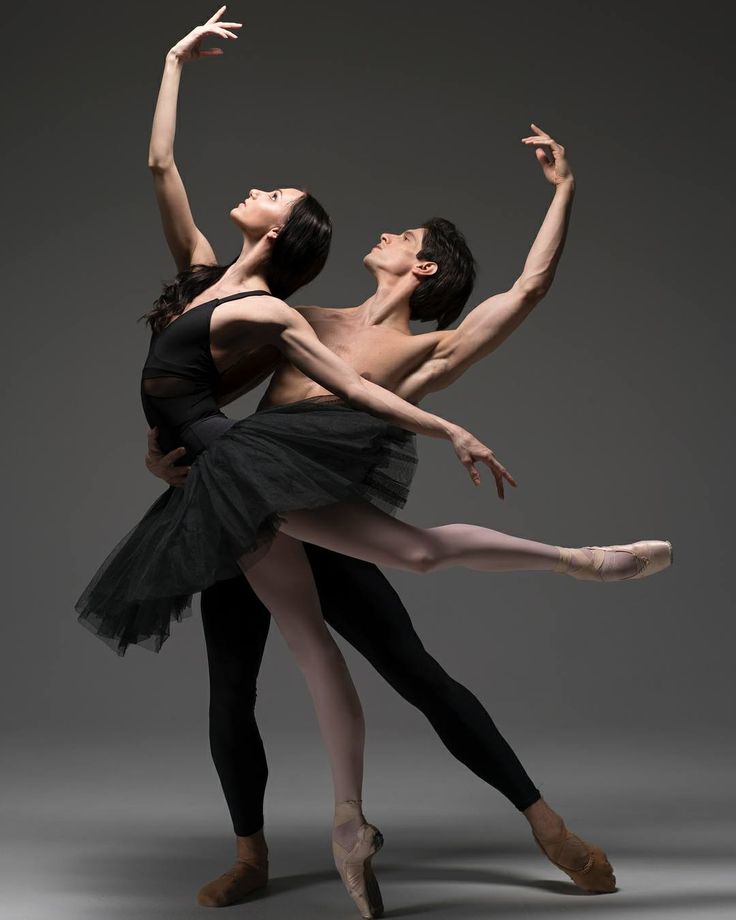 She was an Anthropologist, author, scholar, activist, and yes, a dancer and choreographer.
She was an Anthropologist, author, scholar, activist, and yes, a dancer and choreographer.
Katherine was born in Chicago in 1909 to an African-American father and a French-Canadian mother. She began as a singer in her Methodist church. When they went bankrupt, 8-year-old Katherine put on a cabaret performance to raise money to save the church.
Her parents insisted she pursue school instead of dance, and that she did (and well). She was one of the first African-American women to attend her university and received Bachelors, Masters, and Doctoral degrees in Anthropology.
But as soon as she graduated, she was right back to dance. She founded the Negro Dance Group, a group that performed all over the city. The recognition gained her the attention of an investor who paid for her to study dance in the Caribbean.
There, she learned the philosophy of dance as much as she learned the styles. She meshed the techniques she learned there into a free-form, artistic style all her own which is now dubbed the Dunham Technique.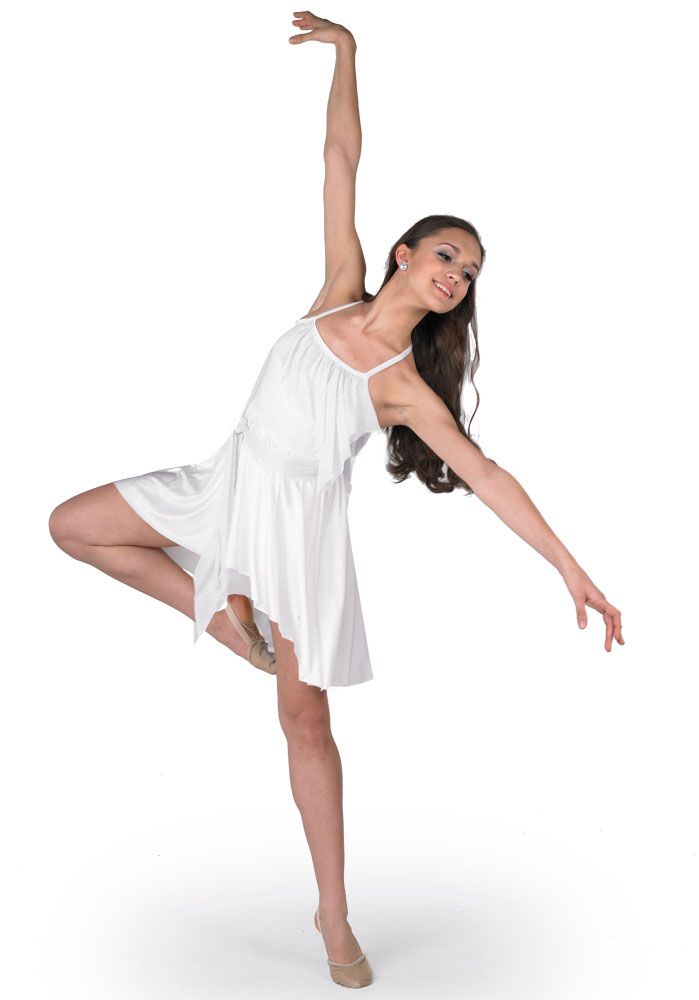 She taught this technique and many others in her very own dance schools.
She taught this technique and many others in her very own dance schools.
These amazing women helped create what we now know as contemporary dance. They may have come from different parts of the world and had very different lives, but they had one important thing in common: regard for their emotions and a desire to express them through dance.
Dance is an art, one that requires dancers of any age or experience to dig deep into their feelings and find their own brand of confidence.
In return, dance helps develop the emotions of the dancer in a beautiful symbiotic relationship — one that isn’t limited to contemporary dances!
Learn more about how dance aids in emotional development >
The history of the development of modern dance | Educational social network
Municipal budgetary educational institution
"Gymnasium No. 71" ("Rainbow")
Scientific and practical conference of students' research work
"Erudite"
Section: "Culture and sports"
Research topic:
"History" Development of Contemporary Dance»
Authors: Priezzheva Sofya,
Shardakova Anastasia
Class: 8 A
Supervisor: Votintseva A. V.,
V.,
choreography teacher
Kemerovo 2019
Contents
Introduction 3
World dancers and choreographers 5
2. Types of modern dance 9
3. The history of the development of modern dance in Russia 10
3.1. Problems of development of contemporary dance in Russia 11
Conclusion 13
References 14
Introduction
The history of modern dance has its roots in the distant past. The first dance movements were a reflection of the sensual impressions of people received from the outside world.
The art of dance is the oldest manifestation of the original creativity of different peoples of the world. The dance was born simultaneously with the appearance of man, as it was a natural physiological need for rhythmic movements.
The history of modern choreography begins with the search for freedom. This seemingly simple desire drives modern choreographers today. Their activity is not just a new form of expression.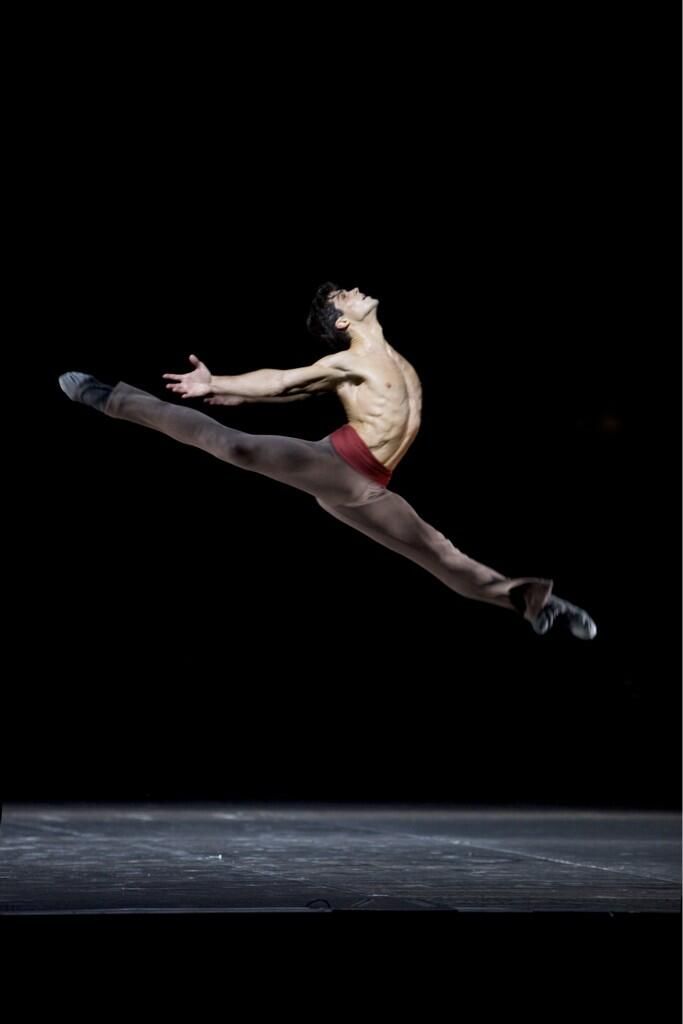 This is an attempt to rethink dance as an art, to find an alternative approach to movement, ideology and aesthetics. Everything that has been created and is being created in the world of dance is continuously interconnected. Historical context, personal circumstances, location and, sometimes, chance determine the fate of this art form.
This is an attempt to rethink dance as an art, to find an alternative approach to movement, ideology and aesthetics. Everything that has been created and is being created in the world of dance is continuously interconnected. Historical context, personal circumstances, location and, sometimes, chance determine the fate of this art form.
The modern form of dance is fundamentally different from its predecessor - classical dance, in which the main emphasis is on strict certain rules and norms. But, nevertheless, in modern dance the basis is made up of movements, steps and pas taken from classical ballet.
The purpose of this project is to study the development of contemporary dance.
To achieve this goal, it is necessary to solve a number of tasks:
- define the concept of "modern dance";
- study the history of the development of modern dance;
- highlight significant personalities in contemporary choreography;
- outline its main principles and features;
- describe the current state of contemporary dance in Russia.
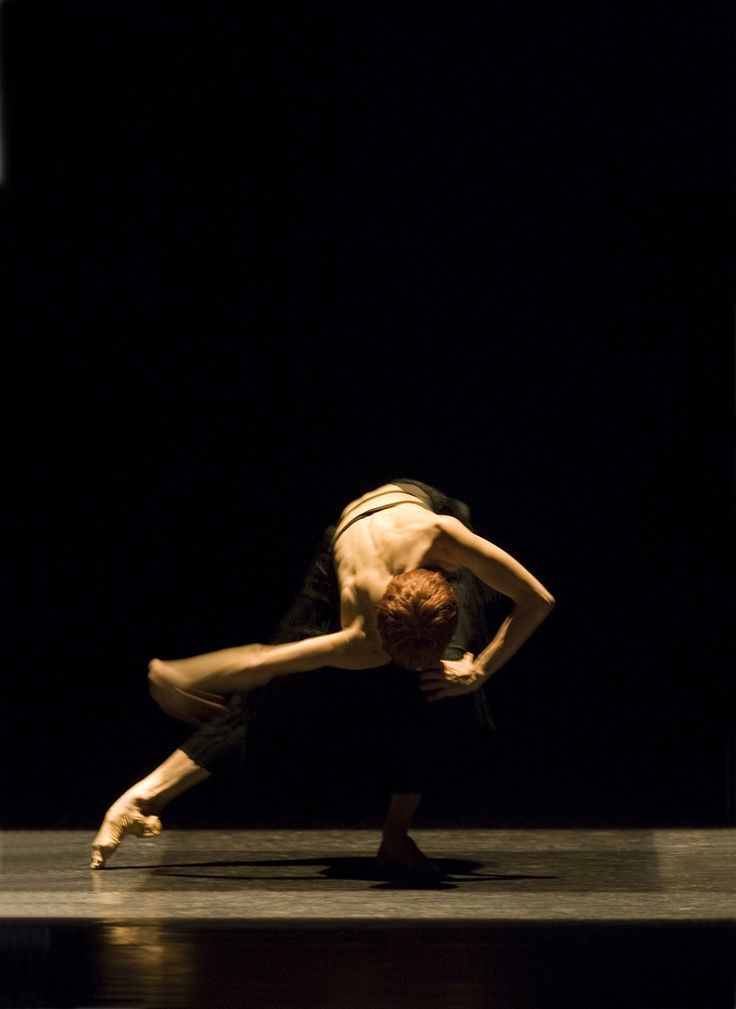
- Origins of modern dance
Modern dance originates from classical ballet. It arose as a result of society's reaction to the strict, firm and to some extent formal restrictions of classical ballet.
Today, modern dance is an independent form of art, where movements, music, and light are combined in a new way. The concept of modern dance lies in the freedom and expressiveness of movements, which provide an amazing opportunity to express your feelings in the most vivid colors.
In the 60s, a real revolution in dance culture began. The course of dance development has changed and has become focused on the simplicity of movements, the beauty of small details, on naturalness. The main principle in the dance was feelings taken from life. At first, the new dance form did not even provide for the use of costumes, plots, scenery and other similar props, based on naturalness. But, as it turned out, this decision did not have a very positive effect on dance shows. Therefore, various objects and decorations soon appeared in modern choreography, contributing to greater entertainment and a good impression of the ongoing action on the stage.
Therefore, various objects and decorations soon appeared in modern choreography, contributing to greater entertainment and a good impression of the ongoing action on the stage.
Modern dance developed and improved very quickly. And already by the 80s, it turned into a whole dance action, striking in its beauty, high level of technique and impeccable movements, which were an amazing composition in combination with appropriate music, which developed as dynamically as modern dance. It is worth noting that it has become fashionable to combine modern choreography with classical dance. Thanks to the high professionalism and refined skills of the choreographers and dancers, this combination looked quite harmonious and completely new. This combination was to the taste of the public and the choreographers themselves. The combination of classical ballet and modern dance forms contributed to the development of new styles and types of dance.
The middle of the twentieth century was a time of dynamic development and improvement for dance culture.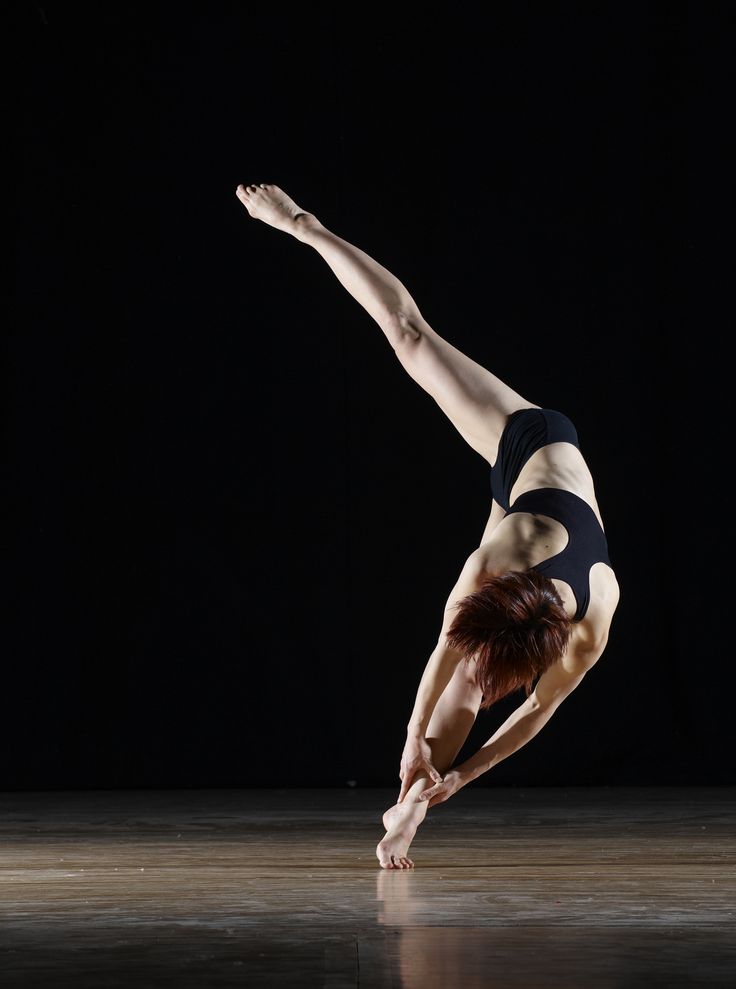 During these years, modern dance has almost completely moved away from the concepts of ballet and turned into a self-sufficient full-fledged art, based on movements taken from classical ballet, skillfully disguised as a new way. It can be said with full confidence that the 20th century was a real creative breakthrough for choreography and a kind of revolution in the culture of dance.
During these years, modern dance has almost completely moved away from the concepts of ballet and turned into a self-sufficient full-fledged art, based on movements taken from classical ballet, skillfully disguised as a new way. It can be said with full confidence that the 20th century was a real creative breakthrough for choreography and a kind of revolution in the culture of dance.
So, modern (or modern dance) is a trend in choreography that belongs to the 20th century. Literally translated, it means "modern", which subsequently served as the name for this dance direction.
- World dancers and choreographers
Various modern dance techniques are formed under the influence of a clearly stated philosophical thought or a certain vision of the world, created on the basis of the creativity of a particular person. Building a connection between the form of dance and the internal state is the main task of the performer.
In the field of stage dance there were bright and talented performers Loi Fuller, Ruth St.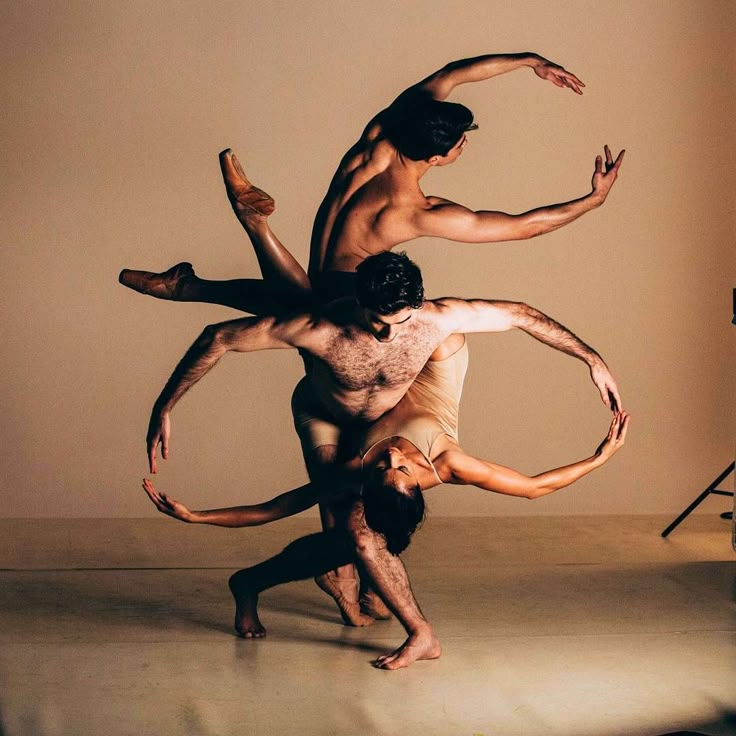 Denis, Ted Shawn, Isadora Duncan.
Denis, Ted Shawn, Isadora Duncan.
Isadora Duncan had a huge number of followers around the world, as well as her dance studios in New York, Paris, Berlin and Moscow, but she never created her own school. Her special stage style amazed and delighted the audience. Dancing barefoot in a light tunic, she moved freely, using all the possibilities of movement. She did not have an ideal figure, did not demonstrate a special dance technique, but she captivated the audience with her performance. Her naturalness expressed her individuality. In her work, Isadora Duncan relied on intuition and improvisation.
Duncan's work took place at the same time as the work of Loe Fuller. Duncan followed the path of the inner, emotional state, while Fuller, on the contrary, touched the outer component. She experimented in everything - scenery and light, costume details, played with shapes, brightness of colors. Loi Fuller fantastically used various movements of the body and arms, while not having any special choreographic data.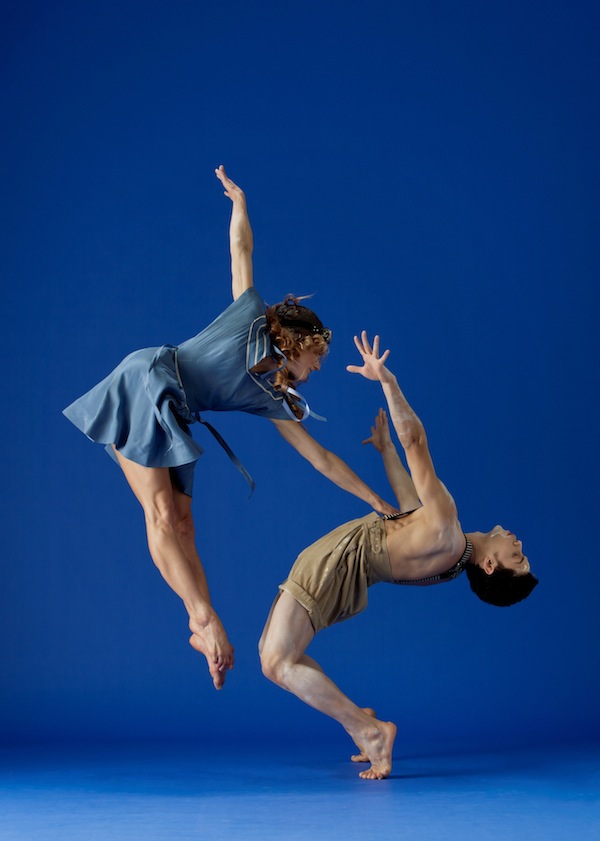
Ruth St. Denis continued her search for Isadora Duncan. Her works succumbed to the influence of the East, religious and mystical subjects were embodied in dances. At 19In 15, Denis and her husband Ted Shawn open the first Denishawn modern school, the name of which becomes a symbol of professional modern dance.
In the first half of the 1930s, the ideas of Art Nouveau were perfected in the USA, Germany and Western Europe.
Rudolf von Laban - theorist and inspirer of expressionism in dance, who turned to the philosophical teachings of ancient India. In 1928, he proposes a "universal theory of dance gesture" which proved to be applicable to describe all plastic-dynamic characteristics, no matter what category they belong to.
Beginning in the second half of the 1930s, the USA became the center for the development of modern dance. The central names here are Charles Weidman, Martha Graham, Doris Humphrey, who at one time graduated from the Denishone and Chania Holm schools.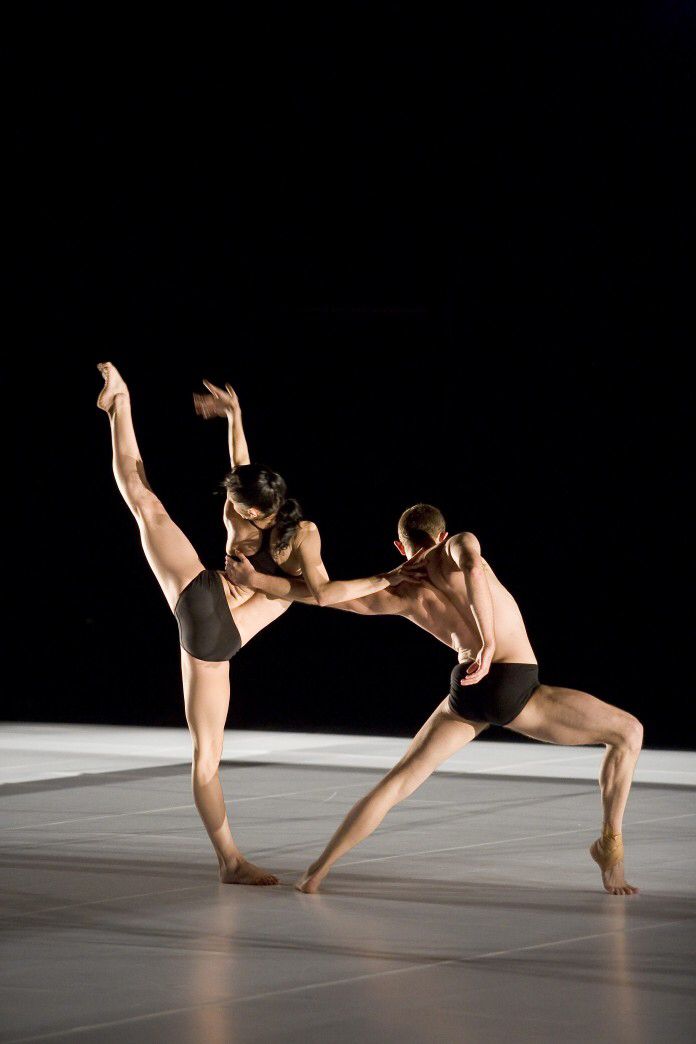 They were great dancers and teachers who created their own system for training performers.
They were great dancers and teachers who created their own system for training performers.
Martha Graham was the first educator to create such a system. Her first productions, presented in New York in 1926, brought success to her and her company. In continuation of her career, she created performances based on biblical and ancient stories. Martha Graham sought to create a dance language that could convey all human experiences.
Doris Humphrey's career as a performer was not long. Due to illness, she leaves the stage and remains in the troupe of Jose Limon, where she is engaged in staging and teaching. She was an opponent of the beauty and stylization of Saint-Denis, placing great emphasis on the accuracy and technical component of the dance. The art of the East, the folk dances of American Indians and African Americans, gave impetus to her work. It was Doris who became the first teacher of dance composition in the USA. She wrote the book The Art of Dance.
After the Second World War, choreographers and dancers performed their performances in the streets and parks.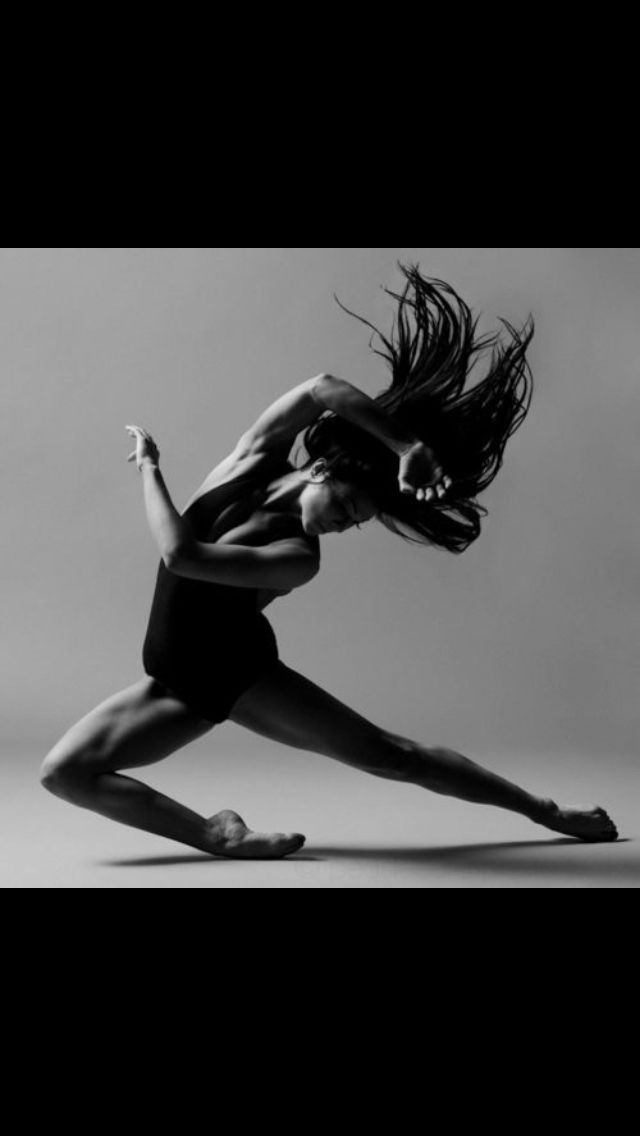 Some even refuse musical accompaniment, using only noises or drums.
Some even refuse musical accompaniment, using only noises or drums.
Jose Limón continued the traditions established in the art of dance. His dances synthesized American modern and Spanish-Mexican traditions.
Merce Cunningham chooses his own path of dance development and opens his own postmodern school. Cunningham viewed the performance as a union of independently created, independent elements. In his work, Cunningham collaborated with composer John Cage, whose ideas he transferred to his productions. He realized that every movement can be dance and the composition is created by chance. The main task of the choreographer is to create a choreography in which each of the dancers performs movements in different rhythms.
It is worth noting a few more prominent representatives of postmodernism, such as Alvin Nikolais, Paul Taylor, Meredith Monk, Trisha Brown.
Interest in Art Nouveau grew in Western Europe as well. American educators began to conduct the first seminars back in 1959 in Germany, Walter Nike, who was a student of Catherine Dunham.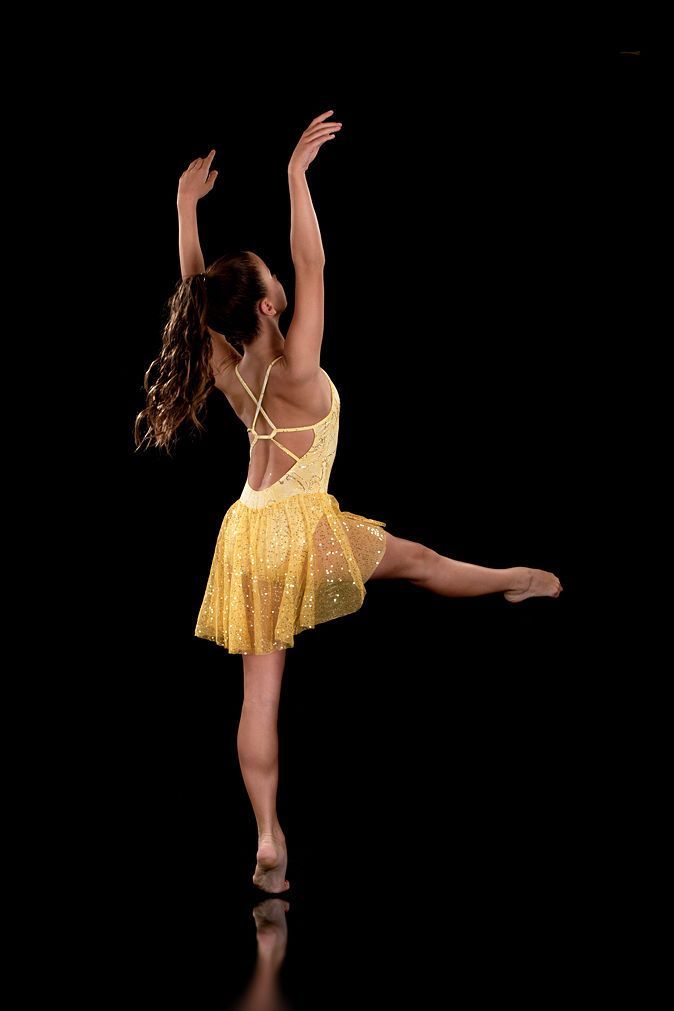
By the beginning of the 70s, several modern dance schools had formed. In parallel with modern dance, jazz dance is being improved. During this period, choreographers and teachers are increasingly combining different styles and techniques of dance.
The famous teacher Lester Horton, who created the technique of modern dance, laid the foundation for jazz modern dance.
Jack Cole was the first choreographer to combine these two techniques in his work. His system, Hindi Jazz, combined the black dance isolation technique, the Indian folk dance movement and the Denishawn achievement.
Gass Giordano was one of the founders of jazz modern dance, who wrote the first textbook describing the technique of this dance direction.
- Types of modern dance
Currently, there are four main dance systems with their own aesthetics, school and performance technique: classical, folk,
jazz-modern, modern and postmodern dances (a term proposed by I. Reiner to refer to American direction), or contemporary (a term proposed for European contemporary dance). These are the systems that have their own history, their own aesthetic module, their own technique, their own methods of training performers, their own language of movements. Let's define each of these directions.
Reiner to refer to American direction), or contemporary (a term proposed for European contemporary dance). These are the systems that have their own history, their own aesthetic module, their own technique, their own methods of training performers, their own language of movements. Let's define each of these directions.
Classical dance is the main expressive means of ballet; a system based on the careful development of various groups of movements, which appeared at the end of the 16th century in Italy and was further developed in France thanks to the court ballet.
Folk dance is a folklore dance that is performed in its natural environment and has certain movements, rhythms, costumes, and the like, traditional for the area. Folklore dance is a spontaneous manifestation of feelings, mood, emotions, performed primarily for oneself, and then for the viewer (society, group).
Jazz-modern dance is a dance direction that is unique in its essence, which appeared in the 70s of the last century as a protest.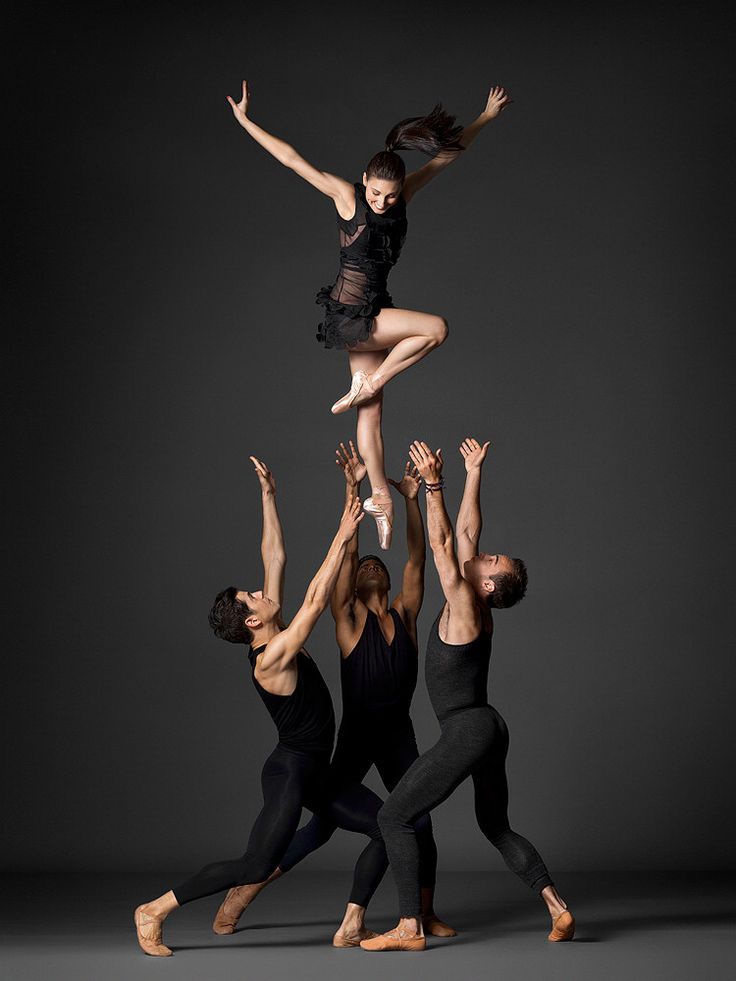 A protest against classical ballet performances that are boxed in and do not allow improvisation.
A protest against classical ballet performances that are boxed in and do not allow improvisation.
Contemporary dance is a modern stage dance that includes a variety of styles and techniques.
- The history of the development of contemporary dance in Russia
Due to certain political conditions, a feature of the development of modern stage dance in Russia is the lack of historical experience both in the education of dancers and choreographers, and in the perception of the audience. Modern dance has been developing for a hundred years, postmodern (contemporary) has been developing for more than fifty years. Russia is only trying to join this process. That is why the performances of modern Russian choreographers S. Pepelyaev, E. Panfilov, O. Pona, O. Bavdilovich, T. Baganova and others often encounter misunderstanding and rejection by the Russian public, although they are enthusiastically perceived by the Western one.
At the moment, a paradoxical situation is emerging when dancers and choreographers, due to the need of the time, are ready to accept the new language and aesthetic credo of modern dance, but due to the lack of information and the training system for performers and choreographers, they do not know how to do this.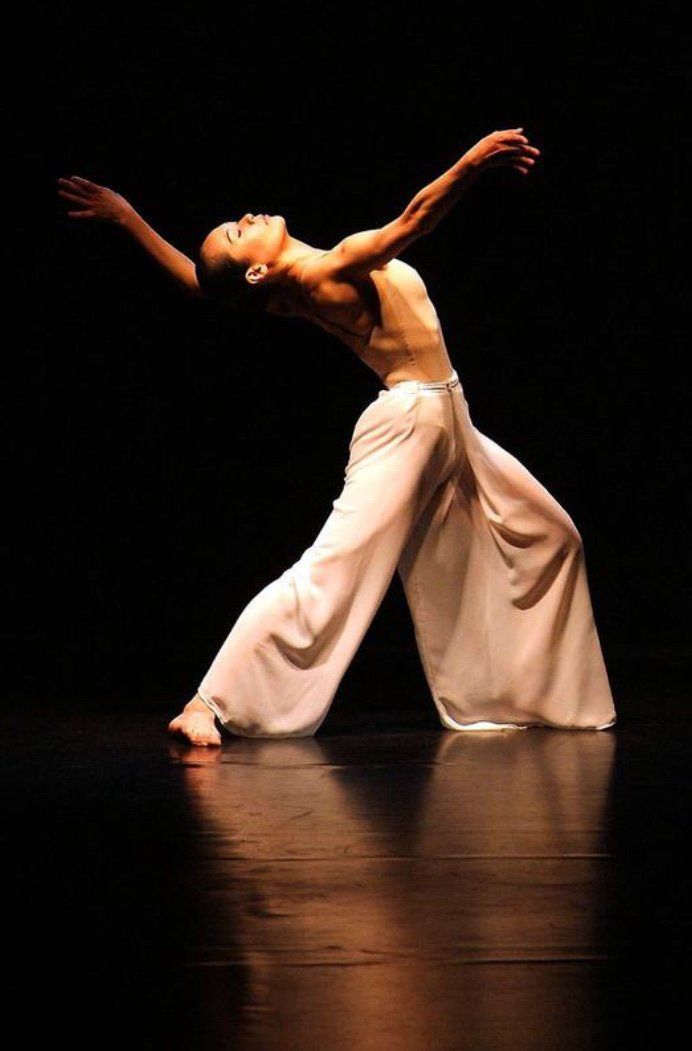
I would like to quote the well-known theorist and practitioner of dance therapy A. Girshon about the current state of modern dance in Russia: “If we consider that dance is a language (text), then most of what happens on the modern dance scene (at least who considers himself such) is an attempt to speak a foreign language, when you are fascinated by the very sound of hitherto unfamiliar sounds, but you combine them according to the laws of the language you know. Many modern dance groups use the vocabulary of contemporary, modern, contact partnering, but they use it practically in finished form.
The new dance in Russia has an obviously non-metropolitan origin. Small troupes most often arise not where academic traditions are naturally strong. It was the Russian province that served as a stage for the formation of a new dance: Perm and Yekaterinburg, Volgograd and Chelyabinsk, Novosibirsk and Vladivostok, Saransk and Yaroslavl became the centers of Russian contemporary. Several professional troupes appeared, and the constant accusations of amateurism and amateur performances are losing their relevance. All these years, Russian dancers and choreographers have studied a lot, using the slightest opportunity. Master classes, summer schools, foreign trips and trainings by invited Western teachers have done their job, and today we have both well-trained dancers and, most importantly, choreographers who think differently.
All these years, Russian dancers and choreographers have studied a lot, using the slightest opportunity. Master classes, summer schools, foreign trips and trainings by invited Western teachers have done their job, and today we have both well-trained dancers and, most importantly, choreographers who think differently.
The pride of our region can be considered the emergence of a new dance project "A NiceDay" - the largest dance center in Siberia in the city of Krasnoyarsk. The development of modern dance is closely connected with the dance company of Elena Slobodchikova and the Isadora International Festival of Contemporary Dance, which is one of the largest dance competitions.
- Problems of the development of modern dance in Russia
- There is no definition of what modern dance is. In Russia, the global standard for defining the concept of "modern dance" has not yet been adopted, which is often replaced by social dance. At the moment, unfortunately, nothing can be done about this terminological confusion, we can only officially recognize two terms: “modern dance” (as social) and “modern” (as modern stage dance in the world sense).
 At the everyday level, “modern dance” is a dance of the present, but we can clearly divide it into two large groups: stage dance (choreographic art) and social (domestic) dance, that is, dance as a cultural phenomenon that is integral with everyday life our society.
At the everyday level, “modern dance” is a dance of the present, but we can clearly divide it into two large groups: stage dance (choreographic art) and social (domestic) dance, that is, dance as a cultural phenomenon that is integral with everyday life our society. - Modern dance in Russia does not have any support from government agencies. Note that when modern came to France, thanks to the efforts of the government, 14 national centers of modern dance were opened throughout France with their own premises, staff of teachers, concert venues! And this made it possible in the shortest possible time, in almost 10 years, to educate young choreographers now known all over the world.
- Contradiction between the mindset of a choreographer in classical and modern choreography. The emergence of new directions of dance in the 20th century led to the emergence of a whole range of expressive possibilities for the choreographer. Each dance system has its own aesthetic and, therefore, its own dance language, with which the choreographer creates a work of art.
 Naturally, the choreographer's thinking changes, depending on the perception of a certain aesthetics of a particular choreographic direction, and depending on the expressive means that he uses.
Naturally, the choreographer's thinking changes, depending on the perception of a certain aesthetics of a particular choreographic direction, and depending on the expressive means that he uses.
Conclusion
As part of this research work, the goal was achieved - the history of the development of modern dance was studied. In addition, all the tasks put forward were completed, thanks to which a full understanding of the concept of "modern dance" was formed - there is art that is fundamentally author's, individual.
Significant personalities, types, main problems of the development of modern dance in Russia were given in the work.
It has become clear that modern choreography belongs to that field of art that rejects the existence of any standards, samples, standards and models and relies on the individuality of the author, who creates his own autonomous artistic world.
References
- Nikitin V. Yu. “Modern dance in Russia tendencies and prospects”
- Wikipedia [Electronic resource], access mode: https://ru.
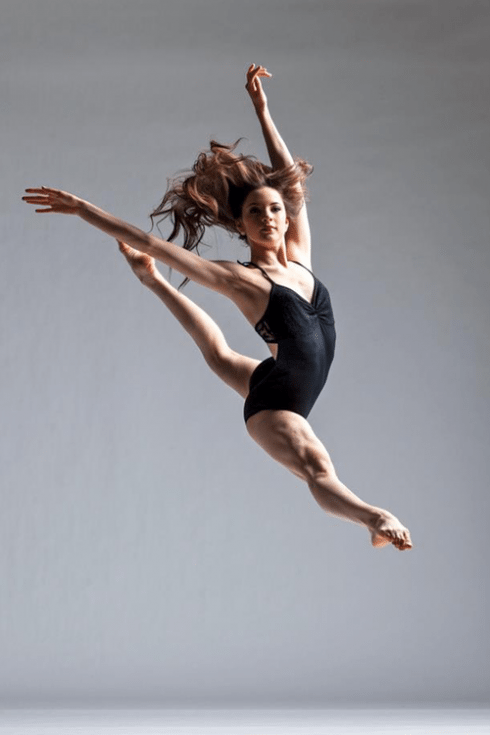 wikipedia.org
wikipedia.org
History of modern dance. Origins. Fuller, Duncan, Saint-Denis and Allan
The history of modern dance begins with a search for freedom. This seemingly simple desire drives modern choreographers today. Their activity is not just a new form of expression. This is an attempt to rethink dance as an art, to find an alternative approach to movement, ideology and aesthetics. Everything that has been created and is being created in the world of dance is continuously interconnected. Historical context, personal circumstances, location and, sometimes, chance determine the fate of this art form.
The pioneers of the new dance form are 3 American dancers: Loi Fuller (1862-1928), Isadora Duncan (1877-1927) and Ruth St. Denis (1879-1968). And also Canadian Maud Allan (1873-1956). At the beginning of the 20th century, it was they who came to the rejection of classical canons and the search for new forms of dance.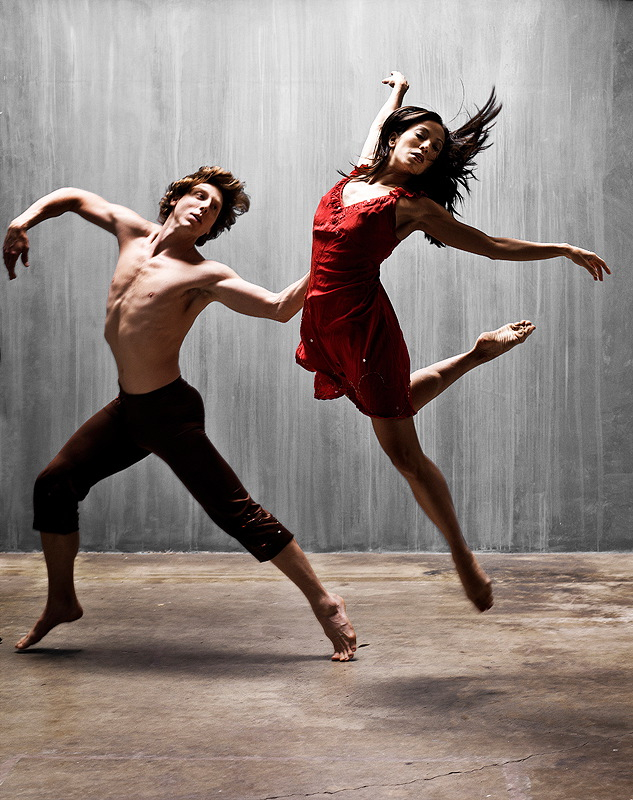 Their art was dedicated to the emancipation of dance and themselves, as well as true creative exploration. What were the principles of their creativity based on, which are still fundamental in modern dance?
Their art was dedicated to the emancipation of dance and themselves, as well as true creative exploration. What were the principles of their creativity based on, which are still fundamental in modern dance?
Passion for nature
All four choreographers: Loie Fuller, Isadora Duncan, Ruth St. Denis and Maud Allan had a brief experience with classical dance. For various reasons, they did not find the possibility of artistic expression in it and went in search of their art, drawing inspiration from a variety of sources.
The ballet school taught that the source of movement is in the middle of the back, at the base of the spine. “From this axis,” says the choreographer, “arms, legs and torso should move freely, like a puppet. As a result of this method, we have mechanical movements unworthy of the soul. My ideals made it impossible for me to participate in the ballet, every movement of which shocked me and went against my sense of beauty, its means of expression seemed to me mechanical and vulgar.
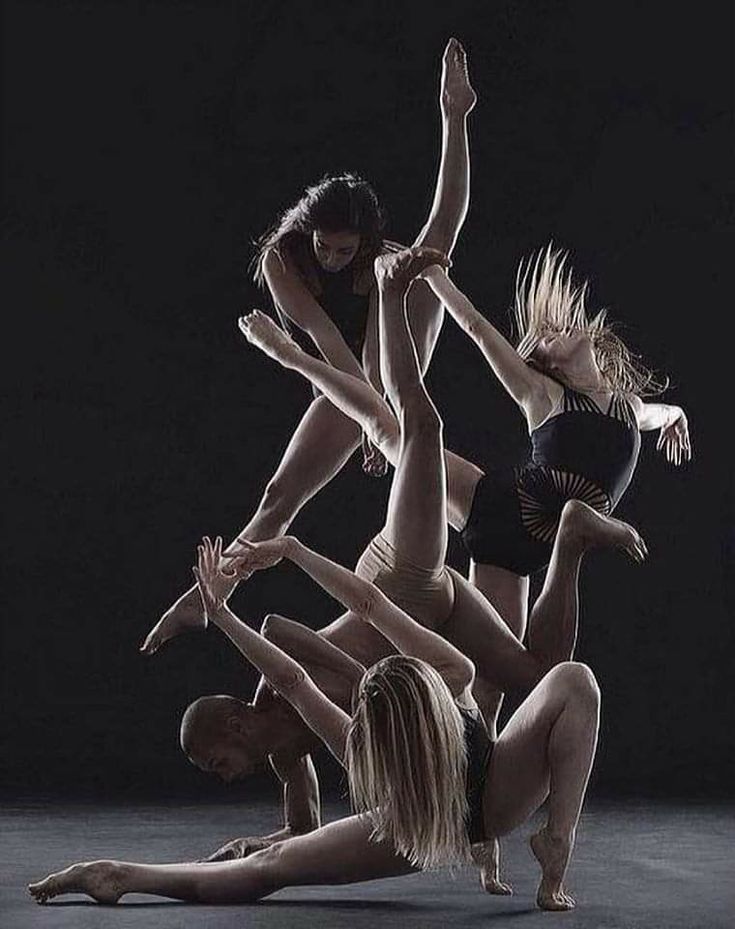
A. Duncan
First of all, Fuller, Duncan and Saint-Denis were inspired by nature and were looking for a new form of movement, referring to the harmony of the world order. Unlike ballet, their goal was not to imitate nature, but to reunite with it. Their dance did not imitate a wave, it expressed the strength, power and energy of the sea. They put on costumes that did not interfere with the range of motion, danced barefoot and listened to their intuition. They used a "repertoire of human movements", such as running or walking, as part of the stage choreography.
Isadora Duncan, perhaps the most famous in the post-Soviet space, symbolizes the freedom of a woman and a dancer. She lived a busy and impulsive life, and so did her dancing. Her movements are the result of feelings, emotions and impulses coming from the solar plexus. On the video - the dance of her follower.
Synthesis with other art forms
Choreographers looked for new solutions in areas unfamiliar to them. Duncan turned to the culture of Ancient Greece, and Saint-Denis and Allan - to the East. They believed in the authenticity of these cultures and looked for a natural and unbiased dance. Interestingly, authenticity was not their goal, they did not reconstruct ancient dances, but used images and ideas to form their plastic language.
Duncan turned to the culture of Ancient Greece, and Saint-Denis and Allan - to the East. They believed in the authenticity of these cultures and looked for a natural and unbiased dance. Interestingly, authenticity was not their goal, they did not reconstruct ancient dances, but used images and ideas to form their plastic language.
I worked studying ancient sculpture, vase painting and individual moments of ancient dance recorded in painting and sculpture, but I saw in them only unsurpassed examples of natural and beautiful human movements. My dance is not the dance of the past, it is the dance of the future. And what was the dance of the ancient Greeks in general - we do not know. Their music, apparently, was primitive.
A. Duncan
One of Fuller's inventions and innovations was playing with light. She invented and patented special placement of mirrors, chemical dyes for textiles and special lighting. Fuller may have been the first choreographer to embrace dance as a visual art.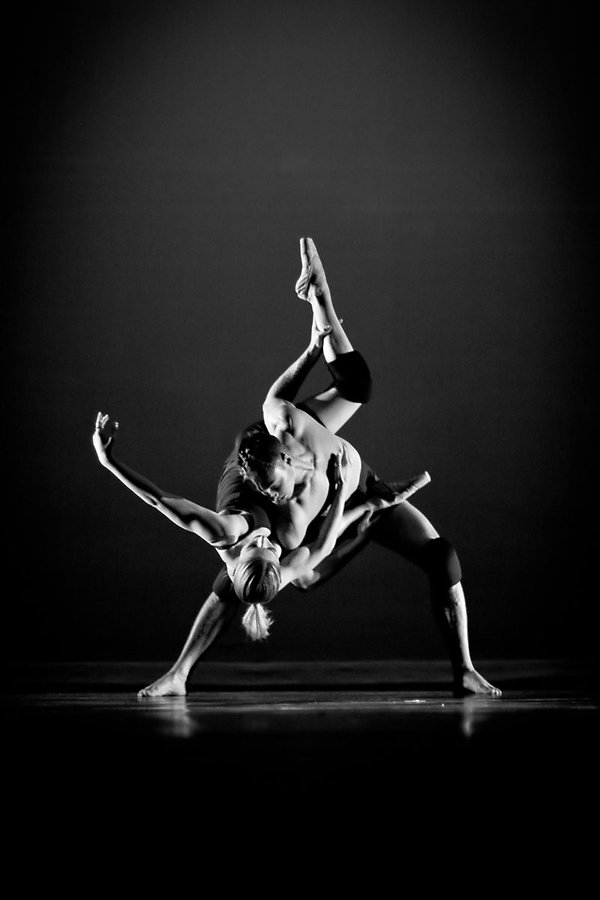 The progressive creativity of these women aroused interest and admiration among contemporaries. Many artists, musicians and stage designers collaborated with choreographers. Here, for example, is the dance of Loi Fuller, captured by the Lumiere brothers in 1896 d.
The progressive creativity of these women aroused interest and admiration among contemporaries. Many artists, musicians and stage designers collaborated with choreographers. Here, for example, is the dance of Loi Fuller, captured by the Lumiere brothers in 1896 d.
Rejection of plot
Another revolutionary innovation is plotlessness. This idea, which was clearly reflected in painting (cubism, abstract art, etc.), was also adapted into dance. The choreographers considered the expression quite interesting and self-sufficient motive. Fuller and Duncan turned to human emotions and natural processes as the composition of a choreographic plot, and Saint-Denis developed a method of visualizing music through dance - where the structure of the musical work was the basis for the choreography. This method helped to avoid emotional interpretation and additional plot, proving that dance can exist as an independent form of expression, as opposed to ballet, where each movement is tied to the actions and emotions of the character. The video captures excerpts from the dances of Saint-Denis, inspired by India and China.
The video captures excerpts from the dances of Saint-Denis, inspired by India and China.
Basis for development - schools and the festival
As a separate discipline, modern dance has established itself because Fuller, Duncan and Saint-Denis have developed educational systems. Just as in ballet Louis XIV founded the Royal Academy of Dance, these women founded the first schools of free dance in France, Russia and the United States - with their own system of education, ideology and tasks. In these schools, teachers helped children find their form of expression in dance. If in ballet the system is aimed at improving technique and the body to match the accepted canons, here the focus was on the individuality and ability of the dancer for artistic interpretation. At the same time, all three schools were trying to structure their method, develop the basic techniques of Fuller, Duncan, Saint-Denis and teach it to the next generation.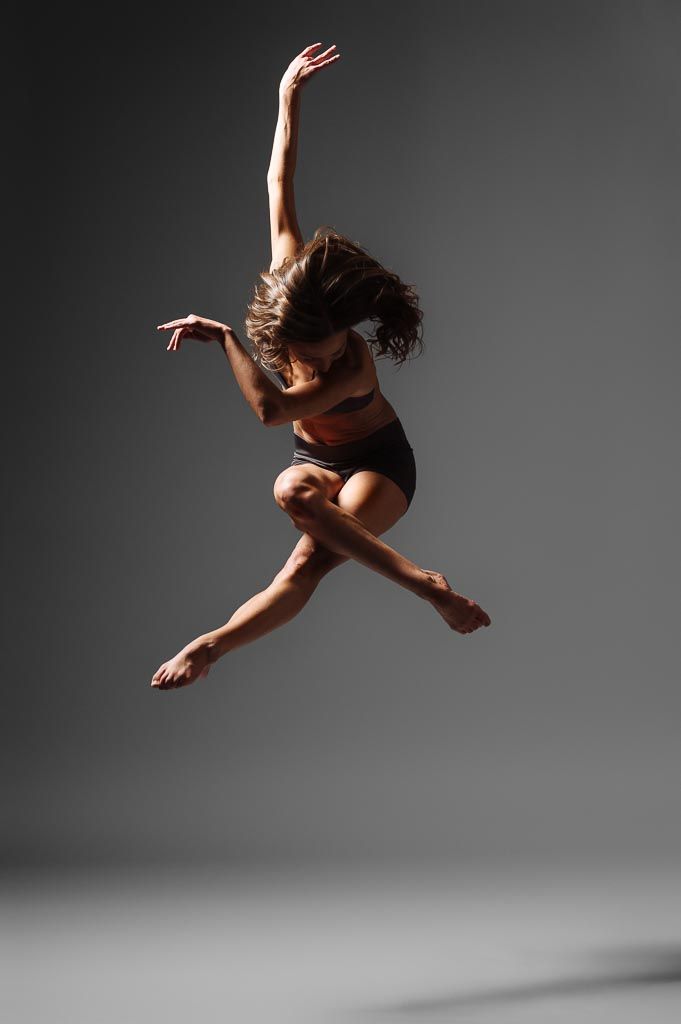
It was easy for schools to find pupils, because the whole world was on the threshold of change, and young people liked the idea of democracy, including in dance. They wanted to find themselves, a new form of self-expression and freedom. Soon the students began to participate in productions and tour under the brand of their mentors. So, for example, the Isadorables troupe appeared, consisting of Duncan's students and performing in Europe and the USA after the death of the choreographer.
Famous School Denishawn , founded by Saint-Denis and her partner Ted Schon in Los Angeles, nurtured Martha Graham, Doris Humphrey and Charles Weidman, the main figures of modern dance in the USA, whose work is still performed on the world's main stages. Interestingly, in this school, ballet was not excluded as a discipline, but adjusted to their philosophy, practicing it barefoot or in nature. The school also taught yoga, free flow (today we would call this class improvisation), folk dancing, Dalcroze rhythmic gymnastics, meditation, and arts and crafts.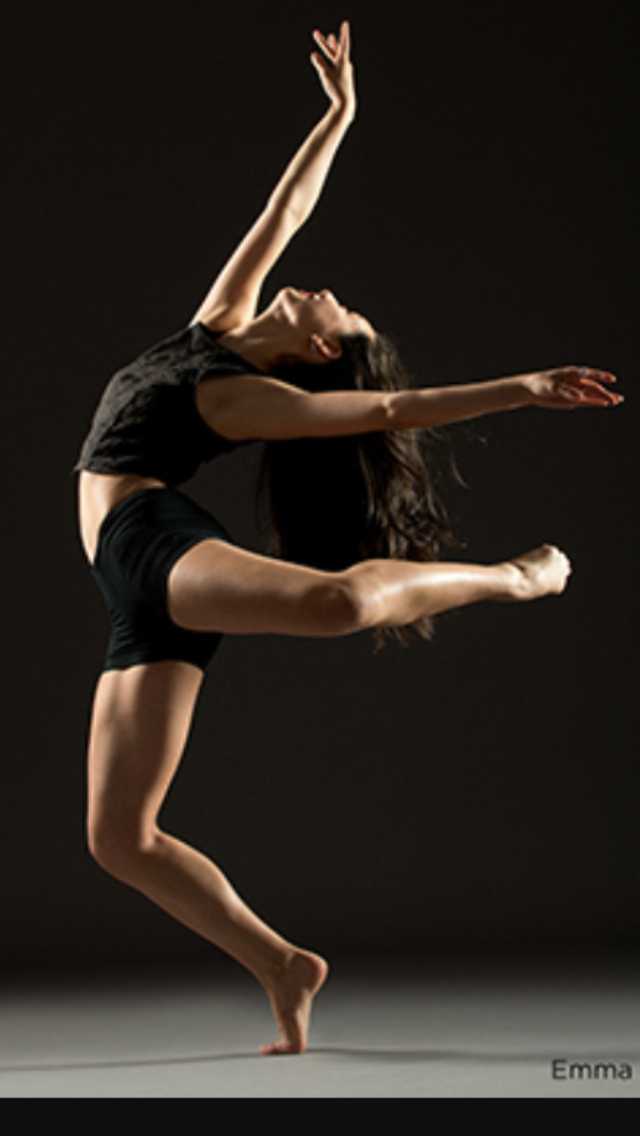 Here is an excerpt from the Denishawn School's choreographic education manual that describes the school's philosophy exactly:
Here is an excerpt from the Denishawn School's choreographic education manual that describes the school's philosophy exactly:
The art of dance is too broad to be limited to just one system. On the contrary, the dance itself includes all systems or schools. Any way in which a person of any race or nationality, in any period of human history, has expressed his feelings with a rhythmic movement belongs to the dance. We are trying to understand and use all the knowledge from the past about dance and will continue to use new discoveries in the future.
In 1940 this pair together with Mary Washington Ball , the dance teacher who owned the premises at the time, hosted a festival at Jacob's Pillow . From the first days, the program consisted of a variety of types of dance: from ballroom to folk. And thus showed that this art has no boundaries.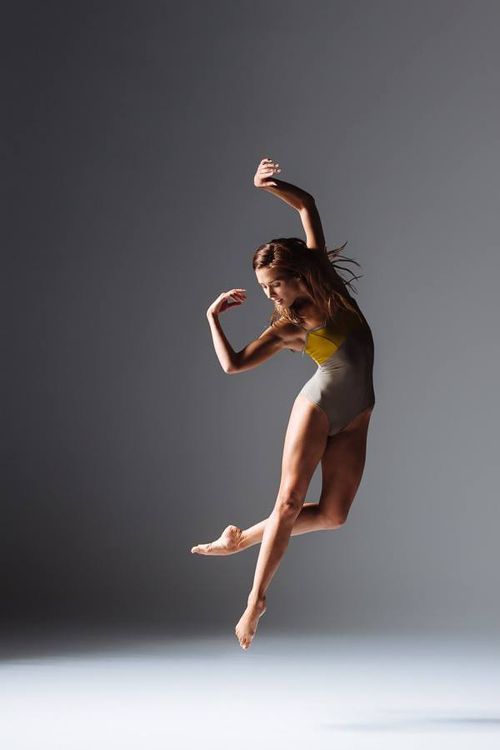 Today Jacob's Pillow is a dance center, school and theater. The organization honorably holds the title of the very first international dance festival in the United States and puts on more than 200 performances each summer. In 2010, Jacob's Pillow was awarded the National Gold Medal for the Arts.
Today Jacob's Pillow is a dance center, school and theater. The organization honorably holds the title of the very first international dance festival in the United States and puts on more than 200 performances each summer. In 2010, Jacob's Pillow was awarded the National Gold Medal for the Arts.
Unfortunately, the difficult years of the First and Second World Wars did not allow schools to exist for a long time. But the foundation for the development of modern dance was laid. A new generation of dancers and choreographers appeared who continued the ideas of mentors in their work.
From the very first days, modern dance has established itself as free - where each artist has his own truth and his own dance. Fuller, Duncan and Saint-Denis not only made an ideological breakthrough that inspired thousands of choreographers around the world, but also left an institutional legacy in the form of the first schools and festivals of modern dance.